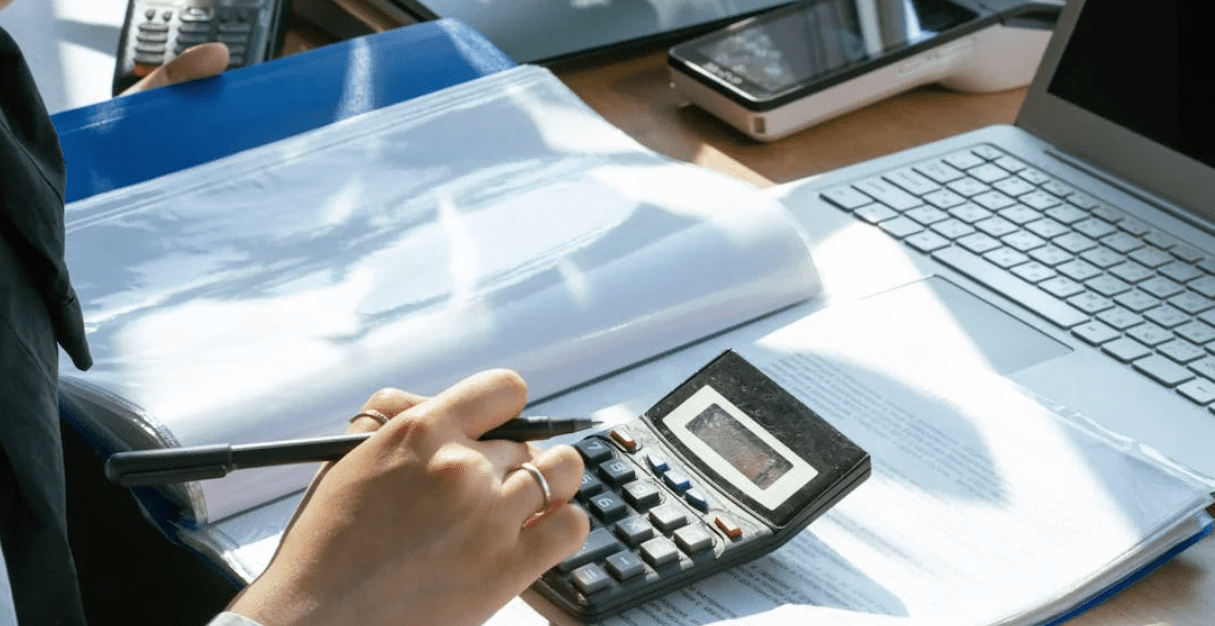Mastering the Lease Ledger: A Landlord’s Essential Tool
Mastering the Lease Ledger: A Landlord’s Essential Tool
Blog Article
What Is a Lease Ledger and Why You Need One
Keeping track of tenant payments is one of the very critical aspects of property management. Whether you are handling a number of houses or an extensive portfolio, sustaining an accurate lease ledger template guarantees economic openness and simplifies payment tracking. But controlling tenant obligations effectively requires a well-structured approach. Here's a brief information to getting it right.

The Significance of a Lease Ledger
A lease ledger is actually a financial report that trails rent payments, safety remains, late expenses, and other tenant transactions. It provides as a main database for all monetary communications between landlords and tenants. Without an adequately managed ledger, property managers risk miscalculating revenue, overlooking overlooked obligations, or creating disputes with renters. An arranged lease ledger assists eliminate these dangers while sustaining professionalism.
Methods for Successfully Tracking Tenant Payments
1. Employ Engineering for Reliability
Guide record-keeping might benefit just one house, but as how many models grows, it becomes impractical. Leveraging electronic tools or simple spreadsheet themes may significantly increase accuracy. These resources usually enable you to automate repeating lease obligations, generate reminders for late amounts, and produce reports instantly.
2. Produce a Regular Framework
A lease ledger should follow a definite and regular format. At a minimum, your ledger includes:
• Tenant titles
• Due days
• Amounts paid
• Exceptional balances
• Records for any additional charges (e.g., maintenance charges or late charges)
Standardizing these records assures every history is standard and simple to interpret.
3. Monitor Payment Position Often
Checking your lease ledger frequently guarantees you remain along with overdue obligations and may undertake possible dilemmas early. Reserve time monthly to reconcile payments obtained against what's noted in your ledger. That training also assists in identifying styles, such as for example constantly late-paying tenants.
4. Speak with Tenants Clearly
Correct records mean small if tenants aren't knowledgeable of these payment obligations. Send reminders for impending book due days or update them on any exceptional balances. Obvious interaction decreases misconceptions and encourages regular payments.
5. Report Everything
Every payment built, whether partial or complete, must certanly be noted instantly in the ledger. Tracking every purchase assures both sides have a guide place in case there is disputes. Even little facts, such as waived late fees or modified funds, should be entered into the record.

Final Thoughts
An successful lease ledger not just simplifies tenant payment administration but in addition offers satisfaction for landlords and home managers. By adding obvious structures, leveraging electronic instruments, and sustaining exact documents, you can begin a seamless program that reduces errors and develops greater tenant relationships. Begin managing your obligations greater today and collection the inspiration for long-term economic balance! Report this page